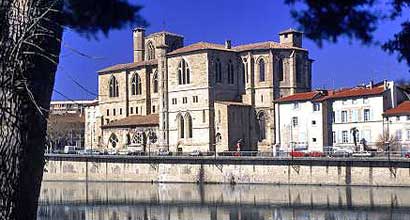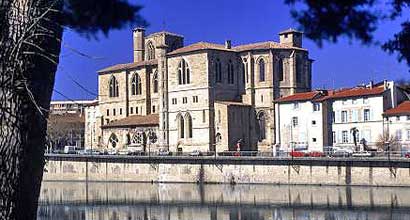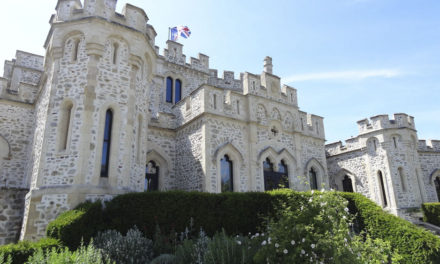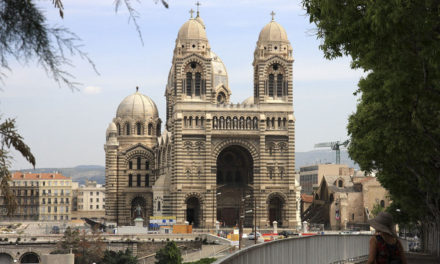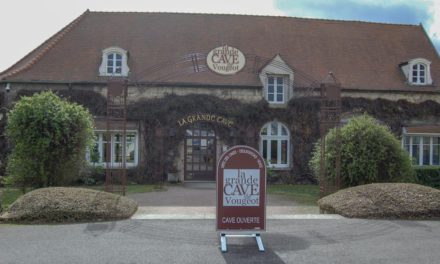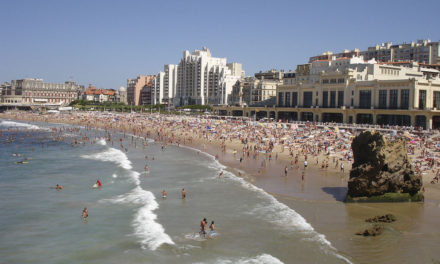Shoe addicts should hotfoot it from the Rhône to Romans-sur-Isère, a bustling town where several of France’s top shoe designers are based, including Robert Clergerie, Stéphane Kélian and Charles Jourdan. The place has a long tradition of tanning, which explains why it is became such a major centre of shoe manufacturing from the mid-19th century.
Hotels in Romans-sur-Isère
Museum
The utterly startling Musée International de la Chaussure (t el 04 75 05 51 81, www.ville-romans.com) offers a voyage into the sole of civilisations! It has very successfully set up shop in an immense Italianate convent to present, via its visual and explanatory history of footwear, truly surprising insights into the customs of past centuries and cultures. Famous shoes are treated like relics, preciously presented behind glass. The big chapel serves for extraordinary exhibitions of footware.
History
On the trail of the modern shoe, Romans has attracted all manner of brands. Look in particular along the Côte des Cordeliers. Another interesting street of more varied shops, Côte Jacquemart slopes down from the medieval Tour Jacquemart, which, despite its butch looks, proves to have a high-pitched voice when its bells sound. At the riverside church of St-Barnard, battered Romanesque sculptures greet you at the spot where Bishop Barnard of Vienne created an abbey in the 9th century, leading to the creation of Romans. Inside, the early medieval structure was enlarged in Gothic times. Some murals have survived from the redecoration. The rare 16th-century embroideries of the Mystery of the Passion are kept under lock and key in the Chapelle du Saint-Sacrement (open for guided tours only).
Up beyond Place Jean Jaurès, the main, vast rectangular square stretching out from the Tour Jacquemart, Marques Avenue lies along Avenue Gambetta. Setting up hard on the heels of the shoe shops, this brand shopping outlet village has very stylishly taken over a former policemen’s training college.
History 2
A truly remarkable piece of historical research on 16th-century Romans was carried out by the famed contemporary French historian Emmanuel Le Roy Ladurie. Le Carnaval de Romans proves a much more fascinating book for the general reader than his much more widely known Montaillou, although hard to find in English.
For much more information on the area, and the département of the Drôme, consult the Cadogan guide to the Rhône-Alpes.
Copyright text : Philippe Barbour 2011

